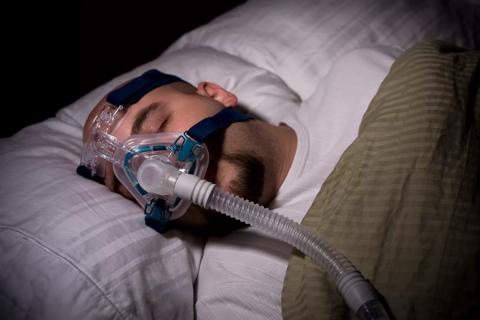
A review of conservative, pressure-based and surgical treatments for OSA

A review of IDSA and NIH guidelines
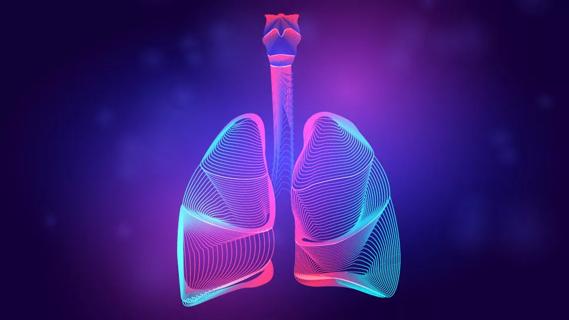
Volatile organic compounds have potential in heart failure diagnostics

Caregivers are provided with real-time bronchoscopy patient findings
Cleveland Clinic is a non-profit academic medical center. Advertising on our site helps support our mission. We do not endorse non-Cleveland Clinic products or services. Policy
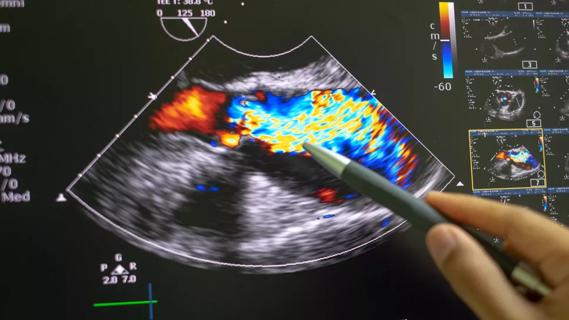
Insights for diagnosing, assessing and treating
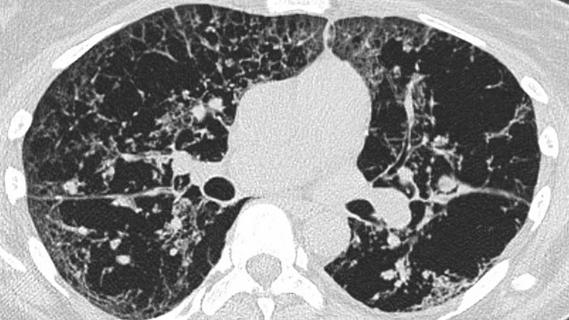
A Cleveland Clinic pulmonologist highlights several factors to be aware of when treating patients

Chemicals in e-cigarettes weaken the epithelial barrier in airways

New program sets out to better support underserved patient populations
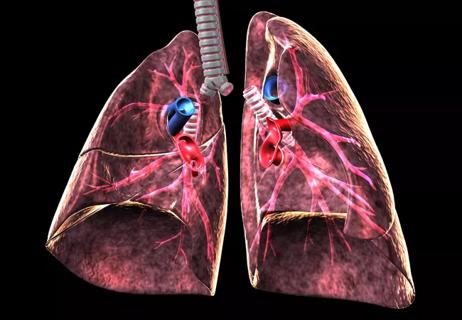
Cleveland Clinic pulmonologists aim to further lower waitlist times and patient mortality

Raed Dweik, MD, on change management and the importance of communication